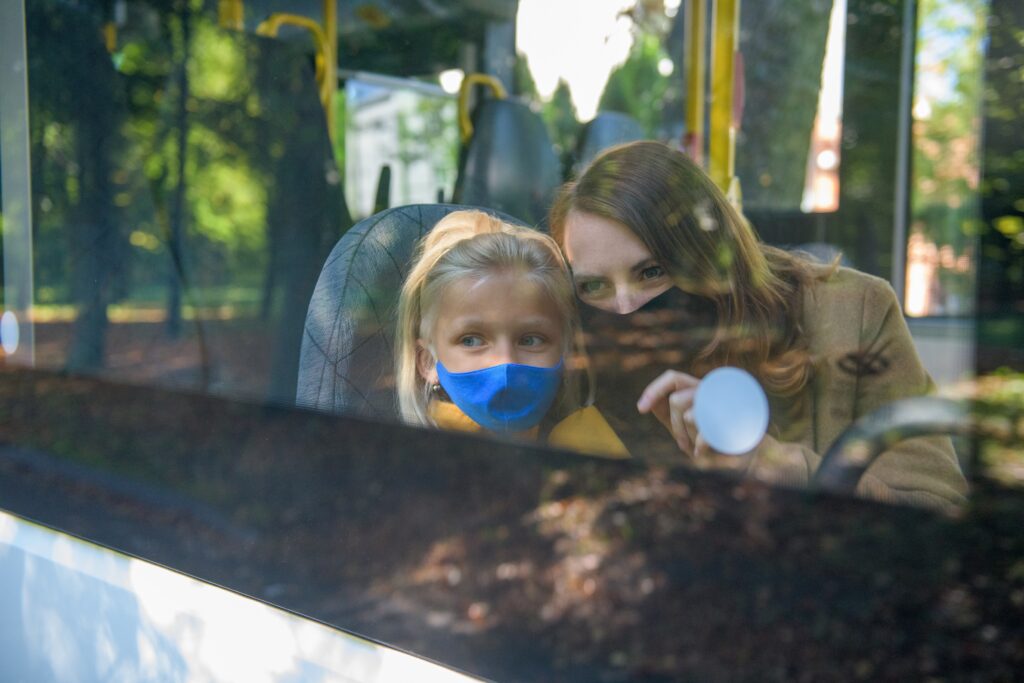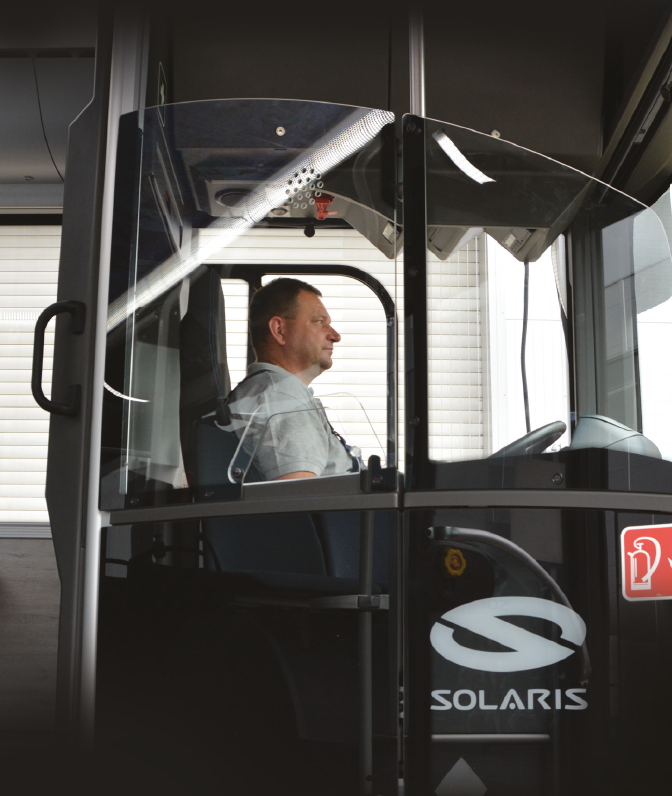GSR2: A new chapter in vehicle safety
Learn more about the changes introduced by GSR2 and how they contribute to protecting all road users.

Eco-friendly and safe public transport is the key to success during pandemic
Electromobility is not a perspective of a distant future – this revolution is happening before our eyes. It is not that long ago that projects of city bus fleet electrification were considered innovative ventures which only a select few cities would opt for. In the course of a few years the electromobility transition has clearly picked up the pace. Electric buses became part of our everyday life. However, when forecasting the development of the public transport sector, it cannot be forgotten that for a year now, like every area of the economy, it has been struggling with the impact of the coronavirus pandemic. Therefore, the concern for the development of green technologies must go hand in hand with safety resolutions.
Despite the lack of scientific evidence, many
UITP, Public transport is coviid-safe, october 2020
governments, relayed too often by the media, have
called for people to avoid using public transport
and to travel instead by car, bike or walk. This
has impacted people´s behaviour and the public
perception of feeling at risk in public spaces,
including public transport. Today, there is enough evidence to demonstrate
that, when measures recommended by the health
authorities are implemented, the risk of catching
on Covid-19 in public transport is very low.
If we recognise that zero risk doesn’t exist, public transport remains one of the safest ways to move around the city and keep cities alive. Even before the outbreak of the pandemic, the results of the research published in the PIE report indicated that almost 90% of Polish residents use public transport. Half of the respondents used public transport at least once a week. Only 11% declared that they did not use public transport at all. Today the statistics are different. There are all indications that this transport sector – unfairly – has suffered the most. Therefore, the key to building sustainable urban development seems to be synergy and parallel investments not only in the development of various zero-emission propulsion systems . Intensive work and promotion are also required in areas that guarantee the trust of those who use these solutions on a daily basis.
Recent time has brought a number of solutions from bus manufacturers that guarantee them, so that public transport continues to be a stable pillar of communication. Importantly, these solutions have been developed for both newly produced vehicles and those that have been operating in cities for several years. Unsure of how long the world will have to deal with the pandemic, it is easy to imagine that this type of equipment for buses will become standard.

The propositions regarding the antiviral measures of Solaris help to minimise the risk of contracting the disease. They make the vehicles safer also throughout the epidemic. One could
Javier Calleja,
venture to assert that thanks to the above solutions, the buses are even safer than many other closed public or private venues where
none such precautionary measures are implemented. Together with our clients who are managers and operators of public transport, we offer, to the passengers, solutions that guarantee comfort and travel
security in cities, even in those exceptional times we have to face. I am greatly impressed by how wonderfully our clients brave the current challenges, and how passengers using public transport do
so in a safe and responsible manner.
CEO of Solaris
An example of a package of solutions increasing the safety of passengers and drivers in a bus, based on Solaris vehicles:
Learn more about the changes introduced by GSR2 and how they contribute to protecting all road users.
BRT in Aalborg: the city's solution for enhancing urban transport – what makes it so effective?
Starting in 2035, every newly registered bus will have to be zero-emission. Therefore, it's important to understand exactly what that means.